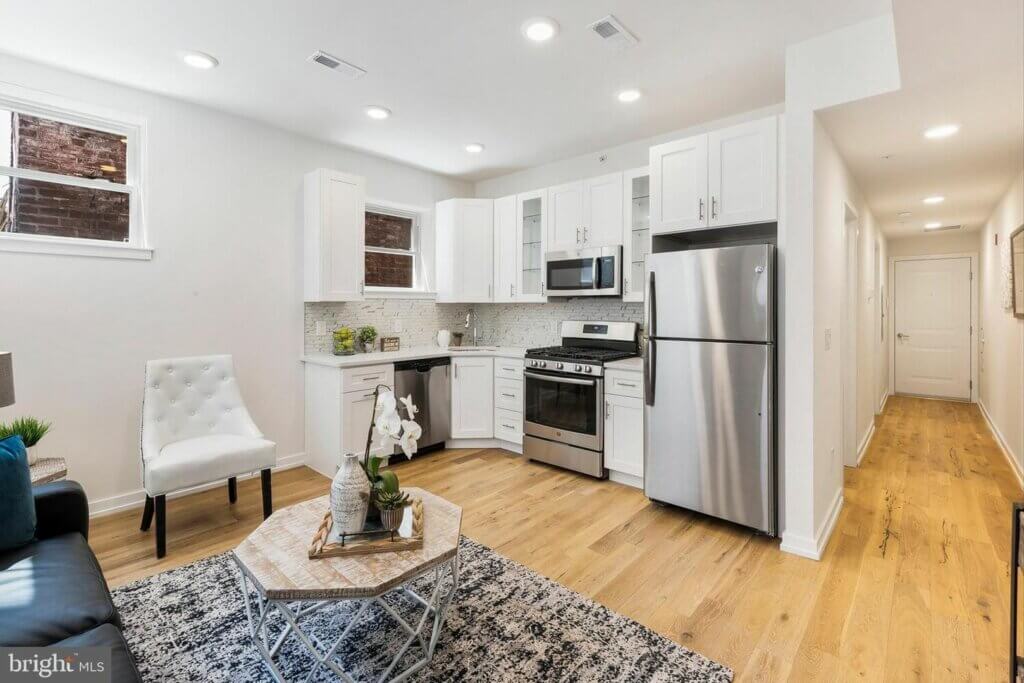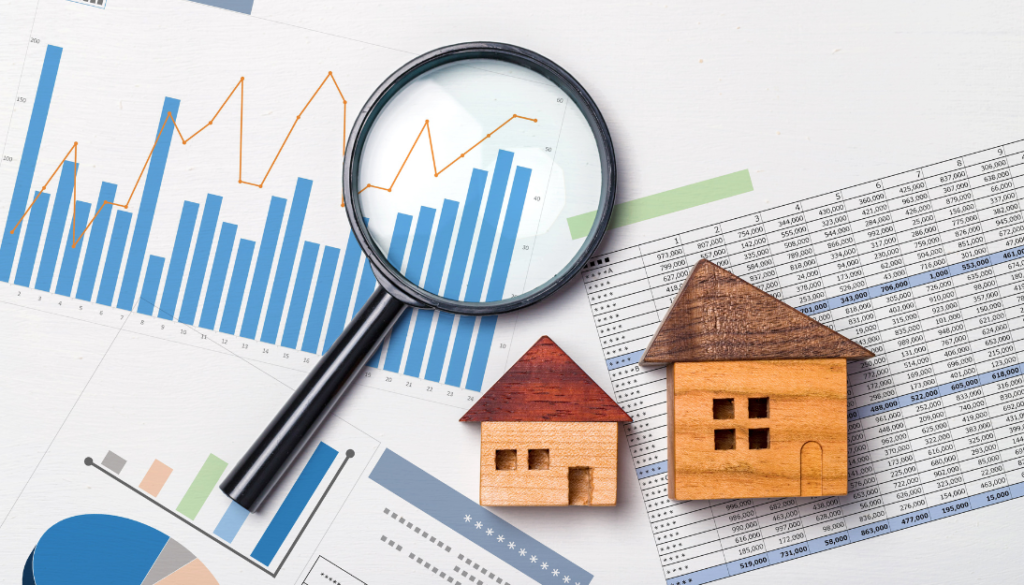Maximizing Rental Income: Advanced Strategies for Setting the Right Price
Setting the right rental price is essential for attracting tenants and ensuring your investment yields the best possible return. Building on our previous Guide to Pricing Properties, we now delve into more advanced strategies to fine-tune your pricing and optimize your rental income. Whether you’re a seasoned landlord or new to property management, these insights will help you make informed decisions.
Understanding Rental Income
In this post, we’ll explore three advanced strategies for pricing your rental properties effectively:
- Utilize Dynamic Pricing Models
- Incorporate Property Enhancements
- Evaluate Market Trends and Economic Indicators
Utilize Dynamic Pricing Models

Image by Donald Clark from Pixabay
Dynamic pricing, also known as flexible or variable pricing, involves adjusting your rental price based on real-time market conditions and demand fluctuations. We have tools and software available that analyze current rental trends, tenant inquiries, and competition to suggest optimal pricing. At PhillyLiving Management Group, it is our goal to maximize the profitability of your investments.
Incorporate Property Enhancements

The condition and features of your property significantly impact its rental value. Upgrades and enhancements can justify higher rent and attract qualified tenants. Consider investing in improvements such as modern appliances, high-quality flooring, or updated fixtures. Even small enhancements can increase perceived value and justify a higher rental price. For example, adding smart home features like a programmable thermostat or keyless entry can make your property more attractive and allow you to set a competitive rent.
Evaluate Market Trends and Economic Indicators

Understanding broader market trends and economic indicators can provide valuable insights for setting rental prices. Factors such as employment rates, local economic growth, and real estate market conditions influence rental demand and pricing. For instance, an increase in job opportunities or new business developments in Philadelphia can drive up rental demand and prices. Keeping an eye on these trends helps landlords adjust their pricing strategies proactively. Our team at PhillyLiving Management Group stays informed about local economic shifts and real estate trends to provide landlords with up-to-date advice and strategic pricing recommendations.
Conclusion
Effectively setting rental prices requires a blend of research, strategy, and adaptability. By utilizing dynamic pricing models, incorporating property enhancements, and evaluating market trends, you can optimize your rental income and stay ahead in the competitive Philadelphia rental market. If you need assistance with pricing your rental properties or have questions about maximizing your rental income, contact PhillyLiving Management Group. Our experienced team is here to guide you every step of the way.
About the Author
Jamie has been a licensed Pennsylvania agent since 2007. Her extensive experience in rentals and sales, combined with her current role at PhillyLiving Management Group, equips her with deep insights into the Philadelphia rental market. Jamie leads a high-performing team, specializing in tenant and owner relationships, listing management, and strategic property management.




